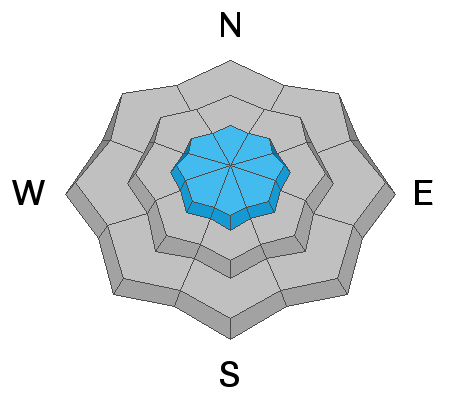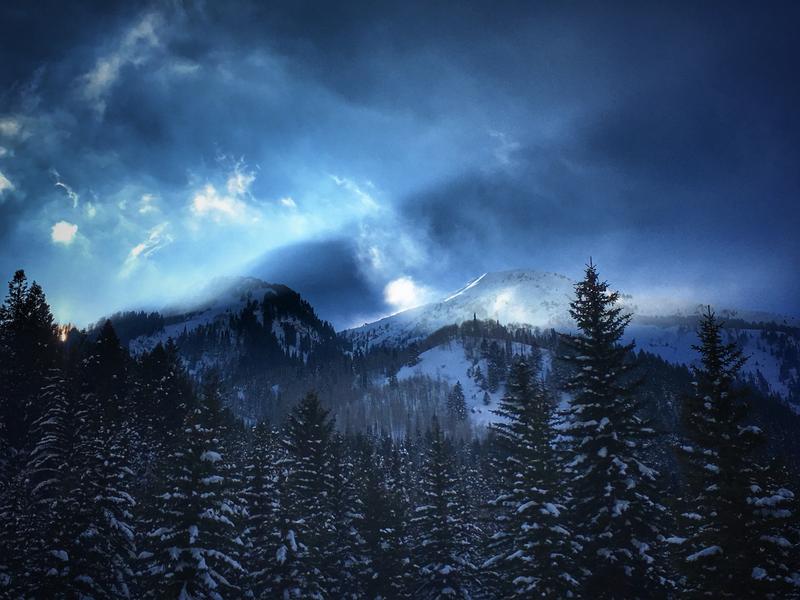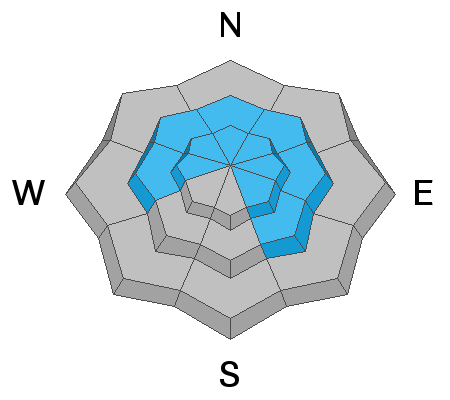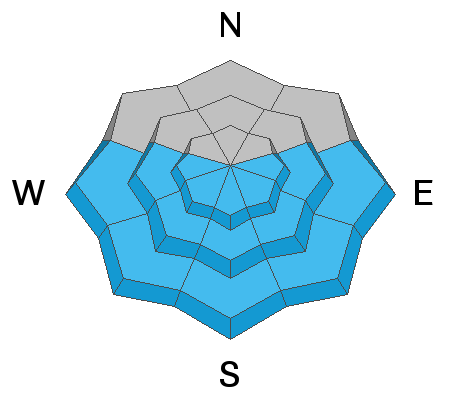Forecast for the Salt Lake Area Mountains

Issued by Evelyn Lees on
Sunday morning, January 27, 2019
Sunday morning, January 27, 2019
The Avalanche Danger is a scary MODERATE for triggering a large, deep avalanche in isolated places - on upper elevation slopes northwest through southeasterly. The danger is also MODERATE for triggering wind drifts at the upper elevations. But our snowpack is not simple, and not the same everywhere. Even in LOW DANGER TERRAIN avalanches can be triggered in very isolated places. Near ridge line and wind loaded, thinner snowpack areas are more suspect.
Wet Loose slides: the avalanche danger is LOW this morning while the snowpack is frozen, but may increase to MODERATE this afternoon if the snow become damp or wet where you are. This includes wet snow at the low elevations and avalanche run outs in the heat of the day.
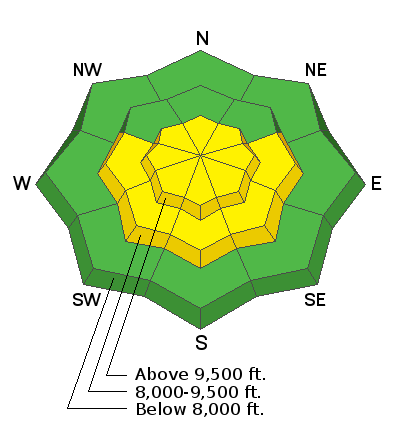
Low
Moderate
Considerable
High
Extreme
Learn how to read the forecast here



